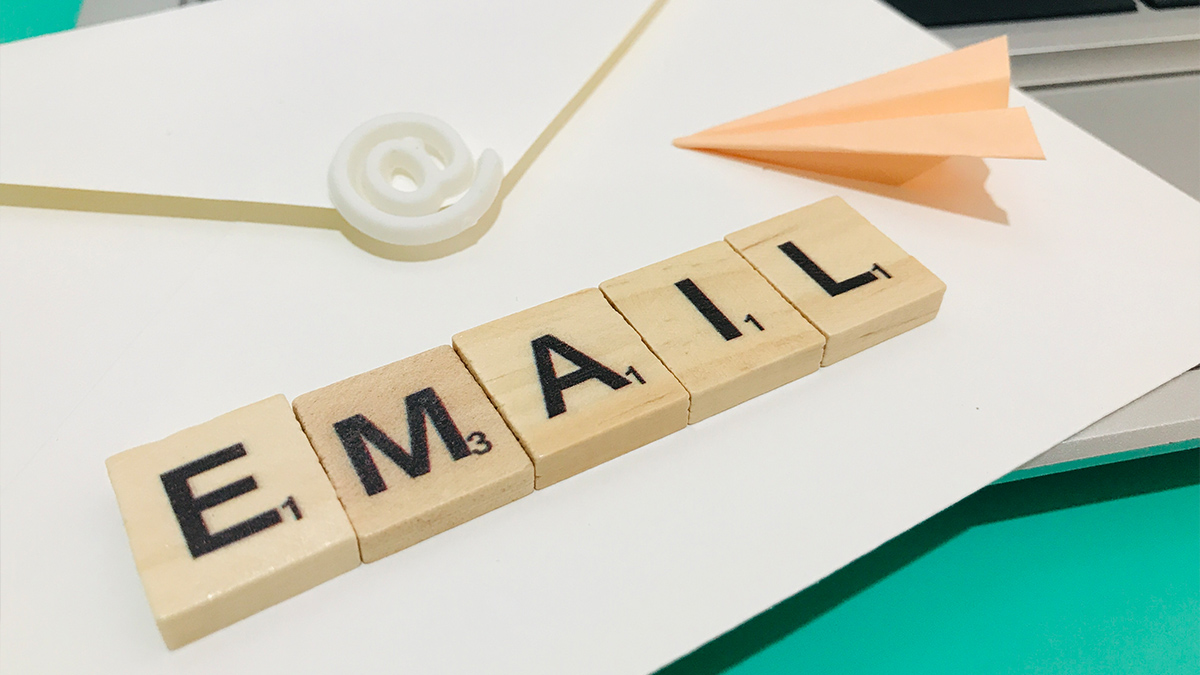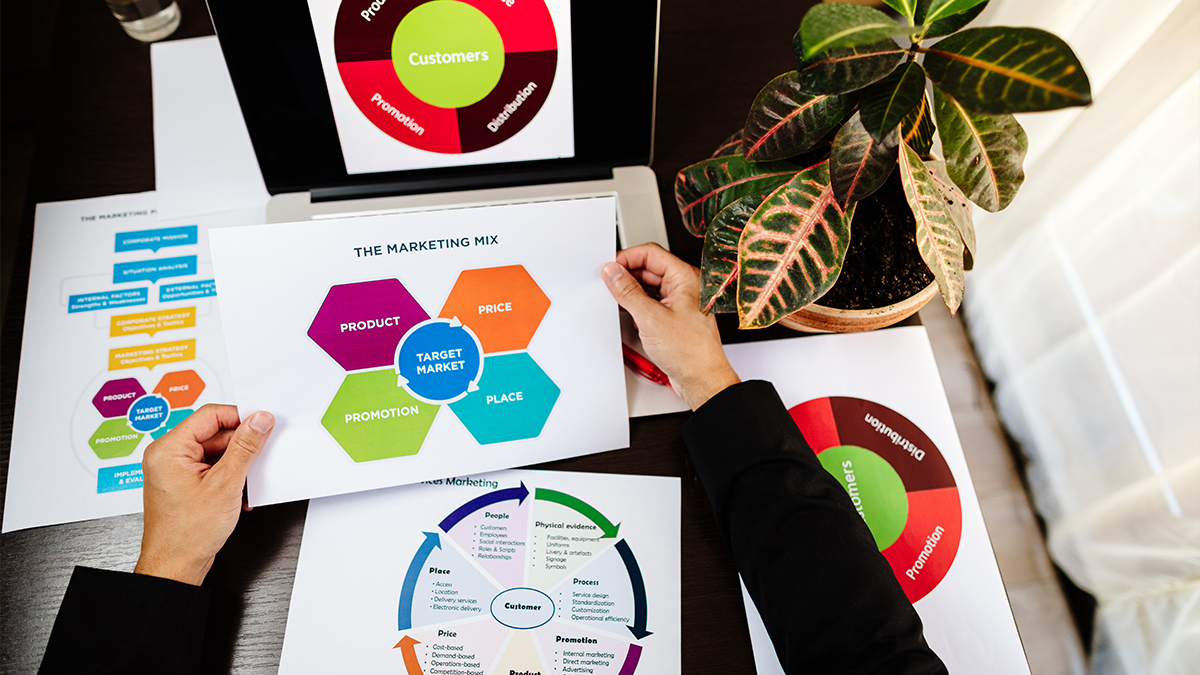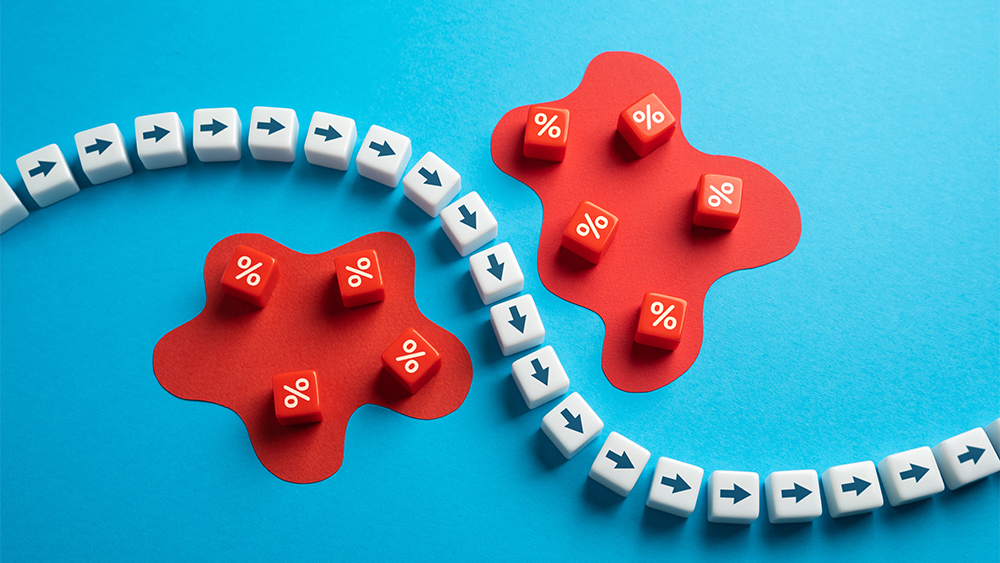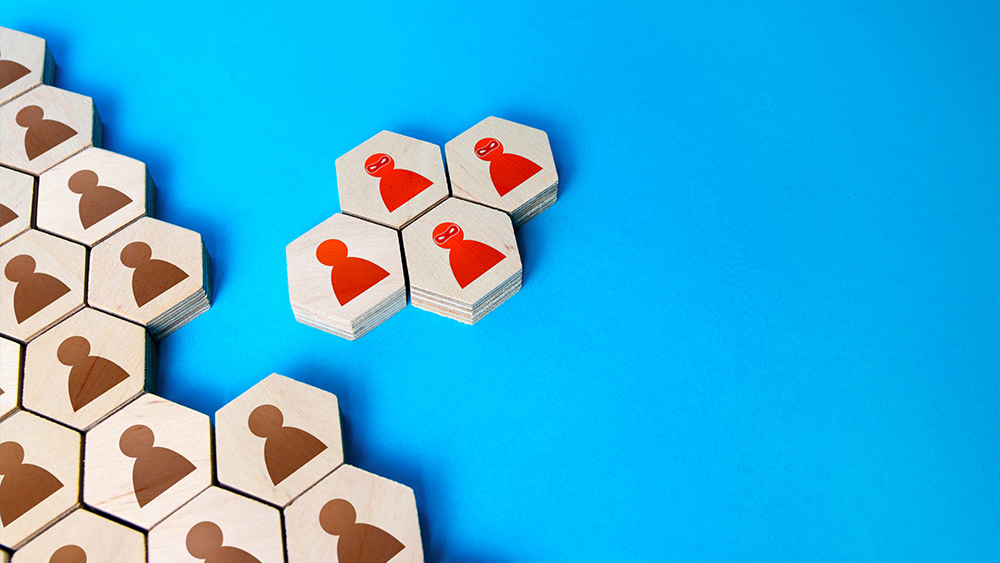
The power of personalization in email marketing
March 8, 2024
Creating engaging infographics for visual storytelling
March 17, 2024Companies are always looking for new ways to get and keep customers’ attention in the digital world, which is always changing. A tactic that has gotten a lot of attention is gamification. This is because it works. Adding game elements to the customer experience may help businesses get customers more involved, keep them loyal, and get them to do good things.
The power of gamification in customer engagement
Gamification is a strong strategy that uses game mechanics and themes to get people more involved in marketing, sales, and customer service, among other non-game settings. Companies can make everyday exchanges more interesting and engaging by adding challenges, rewards, competition, and progress. This is because it appeals to people’s natural wants and interests. Businesses can teach customers about their features, perks, and goods in a fun and memorable way by adding educational elements to gamified experiences. Gamification can build emotional connections between customers and your brand by making the experience more fun and satisfying. This can lead to more support and loyalty.

The benefits of gamification in customer engagement
There are many significant advantages of using gamification in customer engagement, such as:
- Gamification makes customers more interested: gamification uses game-like elements like tasks, challenges, and engaging features to get new customers and keep old ones.
- Gamification helps with learning and remembering: gamification makes it easier to learn by making it fun and interactive.
- Gamification changes behavior and boosts motivation: Setting goals, getting feedback, and offering rewards can have a big effect on how people act by using gamification.
- Gamification makes Customers More Loyal and Proactive: Providing interesting events can make customers feel connected, which makes them more loyal and proactive.
- Gamification collects data and learns about customers: Gamification helps businesses learn about their customers’ likes, dislikes, habits, and goals, which lets them offer more personalized services.

Designing engaging game elements: tips and best practices
When designing game components for an engaging and successful client experience, keep these things in mind:
- Get to know your target audience: learn about their likes and dislikes, how they act, and what they do. Change the way the game works to fit their tastes. Think about things like age, gender, and cultural background.
- Set clear goals and objectives: Make sure the gamified experience fits with the goals of the business.
- Give clear directions and onboarding: Allow for easy communication and make sure the rules, methods, and goals are clear.
- Encourage work and good competition: Add tools that urge people to work together and as a team.
- Find the right mix between fun and challenge: make sure the game’s features are hard enough to make you feel like you’ve accomplished something.
- Give comments in real-time: Notice growth and big turning points to keep people interested.
- Keep an eye on and change the game: Look at customer data to make things better, and include player feedback in frequent updates.
- Run tests and get feedback: Thoroughly test the game before putting it out there so that you can get feedback and make the features better.
Gamification for Vancouver-based business
Gamification is a powerful tool for building lasting customer relationships. Cactus Media Group, a top company specializing in digital marketing in Vancouver, offers services such as creating gamification strategies, digital ads, implementation assistance, and performance analysis.




